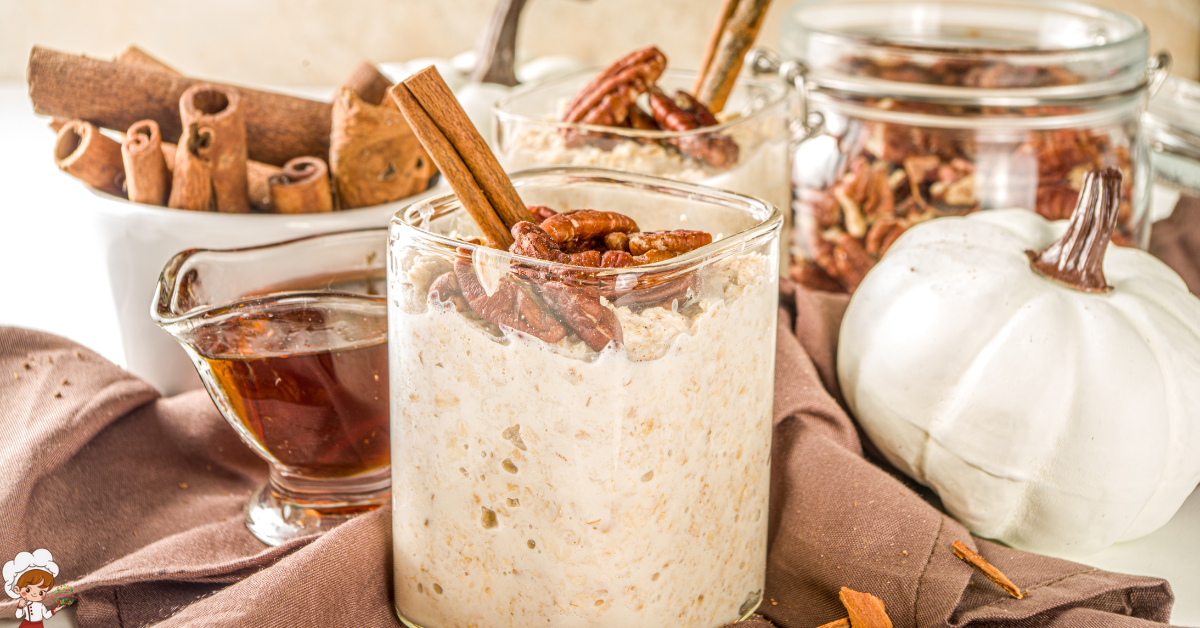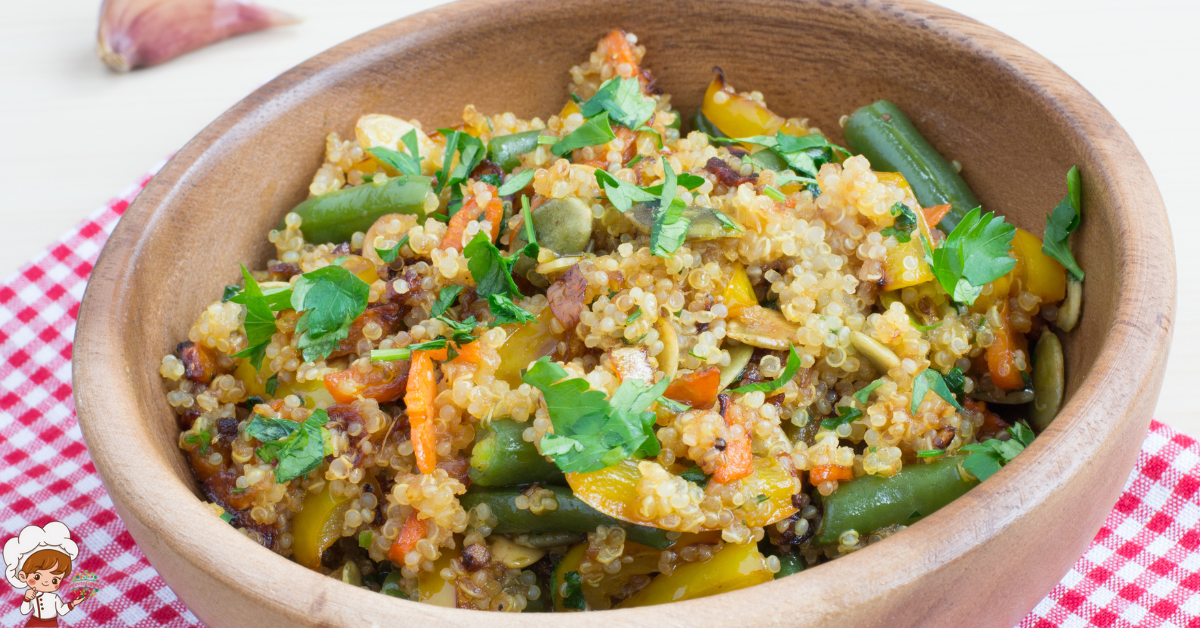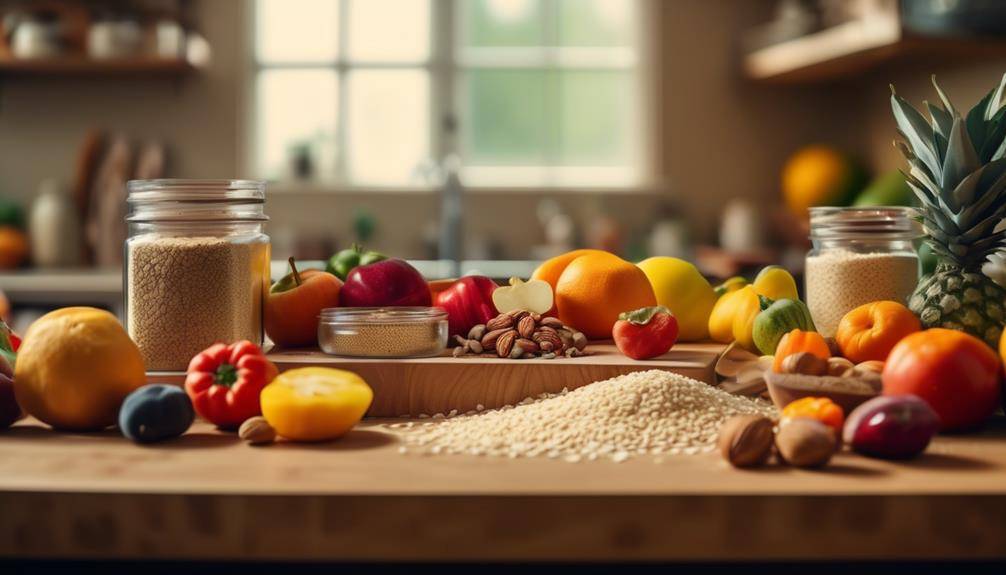Amazing Smoking Turkey For Thanksgiving Dinner

Smoking Turkey For Thanksgiving Dinner adds an unforgettable taste to your holiday feast. Choose a turkey around 12 to 14 pounds for best results and consider options like hickory or apple wood chips for flavor. Prep the turkey by rinsing, seasoning with olive oil, and allowing it to sit in the fridge for a few hours. Remember to brine it for extra moisture and flavor. Use indirect heat in your smoker, maintaining a temperature of 225°F to 250°F, and guarantee it reaches an internal temperature of 165°F. Ready to impress your guests? There’s more to learn!
Choosing the Perfect Turkey
When it comes to choosing the perfect turkey for your Thanksgiving feast, size matters. The turkey size you select can greatly affect how many guests you can feed and how well it fits in your smoker. For a general rule of thumb, plan for about one pound of turkey per person. If you’re expecting a crowd, you might want to think about a larger bird or even two smaller ones to make sure everyone gets enough.
Next, consider the turkey breed. Different breeds offer different flavors and textures, impacting your overall smoking experience. For instance, heritage breeds like Bourbon Red or Narragansett are known for their rich, savory taste and are often more tender than typical commercial breeds. While they may cost a bit more, the flavor payoff is worth it for many.
On the other hand, if you’re looking for a more budget-friendly option, the standard Broad Breasted White turkey is widely available and tends to be larger, making it easier to feed a large group. Just remember that the size and breed will influence cooking time, so make certain to adjust your smoking technique accordingly.
Ultimately, selecting the right turkey size and breed boils down to your guests’ preferences and your budget. Take your time to weigh the options, and you’ll be well on your way to serving up a delicious, smoked turkey this Thanksgiving.
Essential Smoking Equipment
To smoke a turkey successfully, you’ll need a few essential pieces of equipment that can make all the difference. First, you’ll want to choose the right smoker type. There are several options available, such as electric, charcoal, and pellet smokers. Each has its own benefits, but they all can deliver juicy, flavorful turkey when used correctly. If you’re new to smoking, an electric smoker might be the easiest to manage, while seasoned enthusiasts may prefer the traditional charcoal smoker for its rich flavor.
Next, you’ll need a reliable thermometer for temperature control. Maintaining the right temperature is vital for smoking; ideally, you want to keep it around 225°F to 250°F. A digital probe thermometer will help you monitor both the internal temperature of the turkey and the smoker’s ambient temperature. This way, you can make adjustments as needed to guarantee even cooking.
You should also consider investing in a good set of grilling tools. A sturdy pair of tongs, a basting brush, and heat-resistant gloves will come in handy when handling hot equipment and food. Additionally, a quality drip pan can catch excess juices and prevent flare-ups.
Selecting Wood Chips
Choosing the right wood chips is essential for enhancing your turkey’s flavor. Different types of wood provide unique profiles, so you’ll want to pick one that complements your seasoning. Plus, soaking your chips can make a big difference in the smoking process, so let’s explore those techniques.
Types of Wood Chips
Selecting the right wood chips can make a significant difference in the flavor of your smoked turkey. With a range of wood chip varieties available, you can tailor the taste to your preference. Popular options include hickory, mesquite, apple, and cherry. Each type brings its unique characteristics, so it’s crucial to contemplate what you want your turkey to taste like.
For a bold flavor, hickory is a classic choice, while mesquite offers a strong, earthy smoke. If you prefer a milder, sweeter touch, apple and cherry wood are fantastic options. They impart a delicate sweetness that complements the turkey beautifully.
Don’t be afraid to experiment with smoking wood combinations. Mixing different wood chip varieties can create a complex flavor profile that elevates your dish. For example, combining hickory with a touch of apple can give you the richness of hickory balanced by the sweetness of apple.
Flavor Profiles Explained
Understanding the flavor profiles of different wood chips can markedly enhance your smoking experience. Each type of wood imparts a unique taste that can complement your turkey, elevating it to a new level. For instance, hickory offers a bold, smoky flavor with savory notes, while applewood brings a subtle sweetness and fruity profile, perfect for creating a balanced dish.
When selecting wood chips, consider how they interact with your marinades options and herb blends. Mixing wood chips can also yield interesting results; for example, combining mesquite with cherry can create a delightful contrast between sweet profiles and strong umami elements. If you’re using injection techniques, think about how the wood’s flavor will complement the spices you’re using.
You might also want to experiment with citrus flavors by incorporating zests or juices in your brine. This can enhance the turkey’s natural flavors while harmonizing with the smoke. Remember that the right wood choice will not only add depth but also create layers of flavor that make your Thanksgiving turkey unforgettable. So, choose wisely and enjoy the delicious journey of smoky goodness!
Soaking Techniques Overview
When you’re ready to kick off your smoking session, soaking your wood chips can make a big difference in the outcome. Soaking helps the chips absorb moisture, which creates steam during the smoking process. This steam enhances flavor and keeps your turkey juicy. You have a couple of effective soaking techniques at your disposal: cold water soaking and salt solution soaking.
Cold water soaking is straightforward. Just submerge your wood chips in cold water for at least 30 minutes before tossing them on the grill. This method works well for most types of wood, allowing them to impart a mild flavor while preventing them from burning too quickly.
On the other hand, salt solution soaking adds an extra layer of flavor. Mix a tablespoon of salt in a quart of water, then soak your wood chips for about an hour. The salt not only helps with moisture retention but also infuses your turkey with savory notes.
Choosing the right soaking method depends on your desired flavor profile. Experiment with both techniques to discover which one complements your Thanksgiving turkey best!
Preparing the Turkey
Preparing the turkey for smoking is crucial to achieving that perfect holiday feast. Start by selecting a fresh or thawed turkey, ideally between 12 to 14 pounds for ideal smoking. Once you’ve got your turkey, it’s time for turkey preparation. Remove the giblets and neck from the cavity, and give the bird a good rinse under cold water. Pat it dry with paper towels, as moisture can hinder the smoking process.
Next, it’s all about flavor. Use a combination of seasoning techniques to guarantee your turkey is packed with taste. A simple yet effective rub can include salt, pepper, garlic powder, and onion powder. If you’re feeling adventurous, add smoked paprika or herbs like thyme and rosemary for depth. Generously apply the rub both on the skin and inside the cavity for even seasoning.
Don’t forget about the oil! Rubbing the turkey with olive oil or melted butter before applying the seasoning helps the spices adhere better and promotes a beautiful, crispy skin. If you have time, let the seasoned turkey sit in the refrigerator for a few hours or overnight. This allows the flavors to penetrate deeper, enhancing the overall taste.
Brining Techniques
Brining your turkey is essential for achieving that juicy, flavorful result everyone craves. You’ll want to choose the right ingredients and follow proper timing to make the most of the brining process. Let’s explore how to get your turkey ready for the smoker with effective brining techniques.
Importance of Brining
Why is brining such an vital step in smoking a turkey for Thanksgiving? Brining isn’t just a trendy technique; it’s a game-changer for your turkey’s flavor and texture. The brining benefits are numerous. First, it helps the turkey absorb moisture, ensuring it stays juicy throughout the smoking process. There’s nothing worse than a dry turkey, right?
You’ve got a couple of brining methods to take into account. The most common is wet brining, where you soak the turkey in a saltwater solution. This method infuses flavor and moisture directly into the meat. Alternatively, dry brining involves rubbing the turkey with salt and allowing it to rest, drawing out moisture which then gets reabsorbed, concentrating the flavor.
Both methods enhance the turkey’s taste and tenderness, making it more enjoyable for your guests. Plus, a well-brined turkey stands up beautifully to the smoky flavors from the grill. If you want to impress your family this Thanksgiving, don’t skip this vital step. Embrace brining, and you’ll be well on your way to a succulent, flavorful turkey that everyone will rave about!
Brining Ingredients Selection
Choosing the right ingredients for your brine can elevate your smoked turkey to new heights. Start with a solid base of salt, as it’s the key to drawing moisture into the meat. Aim for a salt ratio of about 1 cup of kosher salt for every gallon of water. This balance guarantees the turkey absorbs enough flavor without becoming overly salty.
Next, think about herb combinations. Fresh herbs like rosemary, thyme, and sage work wonders, adding aromatic depth. You might also consider adding garlic, peppercorns, or citrus zest for an extra layer of flavor. Feel free to experiment with spices like bay leaves or crushed red pepper to customize your brine to your taste.
Don’t forget about the sweetness! Adding brown sugar or maple syrup can help balance the salt and enhance caramelization during smoking. Mixing these elements together creates a brine that infuses your turkey with flavor and moisture, making each bite a delicious experience.
Brining Time Guidelines
When it comes to achieving the perfect smoked turkey, timing is everything. The brining time can greatly impact the flavor and juiciness of your turkey, so you need to get it right. For best results, use brining methods that suit your size and preference. A general rule of thumb is to brine your turkey for 1 hour per pound. For example, if you have a 12-pound turkey, aim for around 12 hours of brining.
However, don’t exceed 24 hours, as over-brining can lead to overly salty meat and a mushy texture. Always prioritize brining safety by keeping your turkey refrigerated during the brining process. If you’re brining in a cooler, make sure it’s packed with ice to maintain a safe temperature below 40°F.
For added flavor, consider adding herbs, spices, or citrus zest to your brine. Once your turkey has soaked up all that goodness, rinse it lightly under cold water and pat it dry before smoking. This step is essential to guarantee a crisp, flavorful skin. With proper brining time and techniques, you’ll be well on your way to a delicious smoked turkey that’ll impress everyone at your Thanksgiving table.
Smoking Process
To achieve a perfectly smoked turkey, start by preparing your smoker and selecting the right wood chips for flavor. Popular choices include hickory, apple, or cherry wood, each imparting a unique taste. Soak your wood chips in water for about 30 minutes to guarantee they smolder rather than burn. While the chips soak, get your smoker ready by preheating it to the desired temperature.
Next, let’s talk about smoking techniques. You’ll want to use the indirect heat method, which means placing the turkey away from the heat source. This allows for even cooking and prevents burning. For the best results, consider using a meat thermometer to monitor the internal temperature of the turkey.
Temperature control is crucial in the smoking process. You should aim to maintain a consistent smoker temperature between 225°F and 250°F throughout the cooking time. Adjust the vents and fuel as needed to keep this range steady.
Once your smoker is ready, place the turkey inside and close the lid. Smoke the turkey for several hours, depending on its size, checking occasionally to guarantee the wood chips are still producing smoke. If you notice a drop in smoke, it’s time to add more soaked chips. Keep an eye on the internal temperature as well; the turkey should reach about 165°F when properly cooked.
Ideal Cooking Temperatures
Understanding ideal cooking temperatures is key to guaranteeing your smoked turkey is both safe and delicious. When smoking turkey, you’ll want to aim for an internal temperature of 165°F. This temperature guarantees that harmful bacteria are killed, making it safe for you and your guests to enjoy. It’s important to use a reliable meat thermometer to check the thickest part of the turkey, typically the breast and thigh, as these areas take the longest to cook.
While your goal is 165°F for safe cooking, you can also consider cooking your turkey to higher ideal temperatures for even better results. Cooking it to around 175°F to 180°F can give you tender and juicy meat, especially in the dark meat areas. This is because the collagen in the meat breaks down at these higher temperatures, making it more flavorful and less chewy.
Keep in mind that the turkey will continue to cook for a short period even after you remove it from the smoker, a phenomenon known as carryover cooking. So, it’s wise to take your turkey off the heat when it reaches about 160°F, allowing it to rest until it hits that golden 165°F mark.
Monitoring your cooking temperature closely will prevent overcooking and guarantee your turkey is both safe and succulent. With these ideal temperatures in mind, you’re set up for a successful smoking experience that’ll impress everyone at your Thanksgiving dinner!
Flavoring and Seasoning
Flavoring and seasoning your turkey is essential for elevating its taste and making it the star of your Thanksgiving feast. Start by selecting dry rubs that suit your palate; a blend of paprika, garlic powder, and brown sugar can create a fantastic crust. You might also consider marinade options that infuse moisture and flavor, like a citrus-based marinade with lemon or orange juice.
Think about flavor combinations that complement each other. For instance, combining savory herbs like thyme and rosemary with a touch of sweetness from honey can create a delightful balance. Spice blends are another great way to add depth; try a mixture of cumin, coriander, and black pepper for an exotic twist.
Don’t forget about herb infusions! You can elevate the flavor even further by placing sprigs of fresh herbs in the cavity of the turkey. This technique allows the natural oils to permeate the meat as it cooks. If you want to add some brightness, consider citrus accents like slices of lemon or orange, which can enhance the turkey’s natural flavors.
For a finishing touch, try sweet glazes made from maple syrup or brown sugar mixed with mustard. This can create a beautiful caramelized exterior. And, of course, savory toppings like sautéed mushrooms or caramelized onions can add an extra layer of richness. With these techniques, your smoked turkey will be unforgettable and the highlight of your Thanksgiving table!
Serving and Carving Tips
After you’ve perfected the flavoring and seasoning of your smoked turkey, it’s time to think about how to serve and carve it. First, let your turkey rest for at least 20-30 minutes after removing it from the smoker. This allows the juices to redistribute, ensuring every bite is moist and flavorful.
When it comes to carving techniques, start by removing the legs and thighs. Use a sharp knife to cut through the skin connecting the leg to the body, then gently twist and pull the leg away from the turkey. Once detached, find the joint and cut through it to separate the thigh from the drumstick. Next, move to the breast. Slice along the breastbone to create even, thick slices. Aim for a smooth, downward motion to maintain the turkey’s structure and presentation.
For serving suggestions, consider offering a variety of sides that complement the rich, smoky flavor of the turkey. Classic options like cranberry sauce, stuffing, and green beans work beautifully. You might also want to serve a flavorful gravy made from the drippings to elevate the meal.
Frequently Asked Questions: Smoking Turkey For Thanksgiving Dinner
How Long Can I Store Leftover Smoked Turkey?
You can store leftover smoked turkey in the fridge for about three to four days. For longer storage, freeze it for up to six months. Explore turkey recipes to make the most of your leftovers!
Can I Smoke a Turkey Breast Instead of a Whole Turkey?
Absolutely, you can smoke a turkey breast instead of a whole turkey. Just adjust your smoking techniques and consider turkey brining for added moisture and flavor. It’s a delicious alternative that cooks faster and easier!
What Side Dishes Pair Well With Smoked Turkey?
When you think about side dish pairings, consider roasted vegetables, cranberry sauce, or cornbread. These complement Thanksgiving flavors beautifully, enhancing your meal’s overall taste and making your smoked turkey truly shine on the table.
Is It Safe to Smoke a Frozen Turkey?
No, it isn’t safe to smoke a frozen turkey. Use proper thawing methods first, like refrigerating or cold water soaking. Once thawed, you can confidently apply your favorite smoking techniques for delicious results.
How Can I Tell if the Turkey Is Fully Cooked?
To check if your turkey’s fully cooked, use a meat thermometer. Insert it in the thickest part; it should reach 165°F. Master smoking techniques for even cooking and guarantee delicious, juicy results every time.
Conclusion
Smoking a turkey for Thanksgiving can elevate your feast to new heights. By choosing the right bird, using quality equipment, and perfecting your brining and seasoning techniques, you’ll create a flavorful centerpiece that’ll impress your guests. Remember to monitor your cooking temperatures carefully and take your time during the smoking process for the best results. When it’s time to serve, carve it with care, and enjoy the delicious rewards of your hard work. Happy Thanksgiving!








